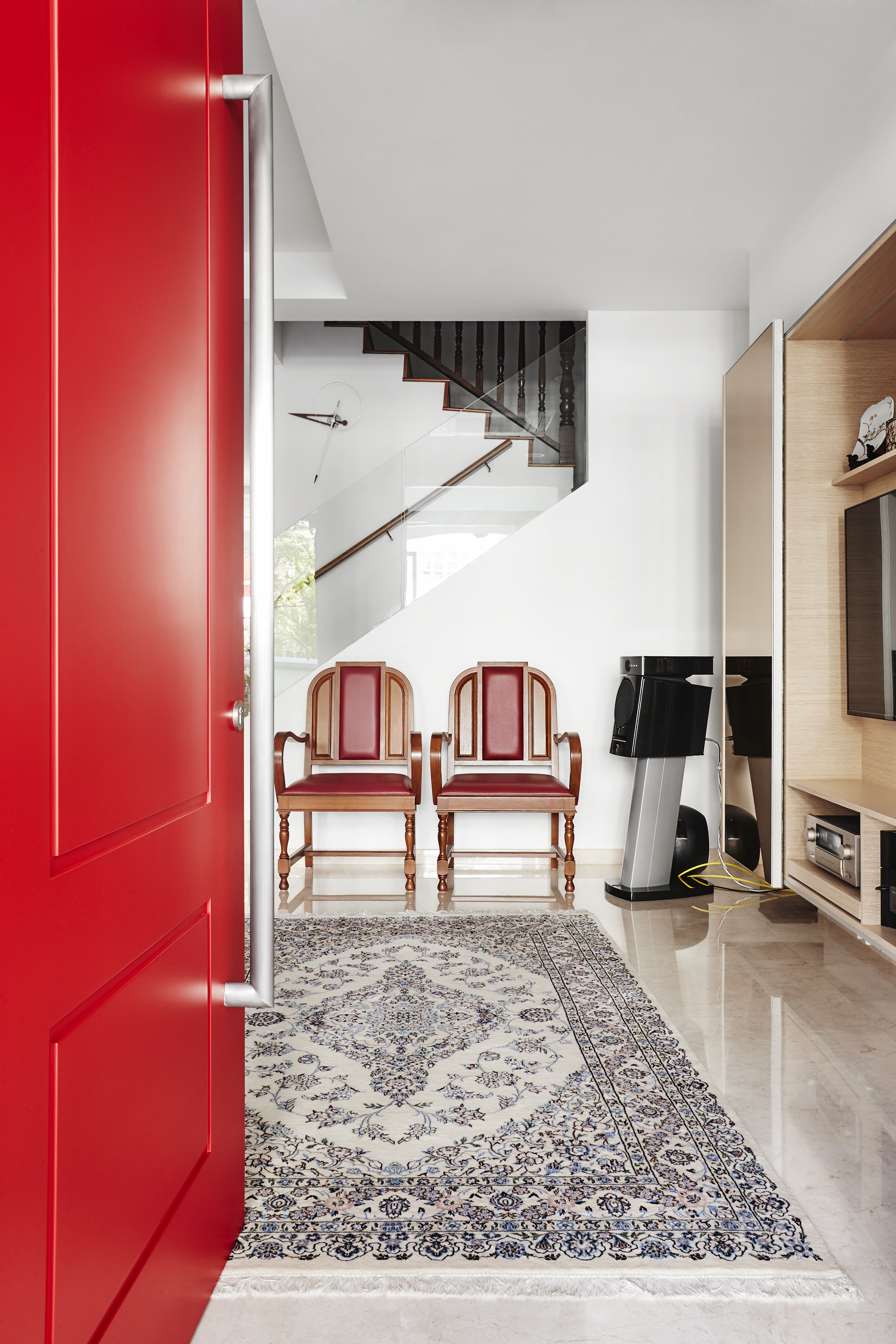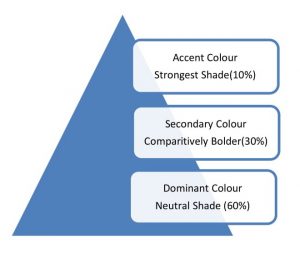
An Interior Designer’s Perspective on … Colour
Insight and Understanding
Colour. Oh, what emotions this word creates in an interior designer’s mind. When you ask an interior designer to pick the colour, it is a dream come true for them. We can’t even stress on how important a role colour selection plays in interior designing. For starters, it can create warmth, bring about a party mood, invoke intimacy and may be the deciding factor in the overall look of your space.
Sounds a little far fetched, doesn’t it? But, it is not.
Apart from setting the mood for a space, if you control colours properly, you can create optical illusions and make the space look smaller or bigger, longer or taller.
Where, When, and What Colours to Use
An interior designers’ colour perspective is essential advice to the client. Warm tones bring in a sense of intimacy and luxury, whereas cooler tones can be soothing and calming, and oddly, can spark creativity! Ultimately, it is up to the client to make the final decision, as they are the ones living in the home.
The living room, dining room, and entertainment room – social spaces of the home – are well suited to warm colours such as taupe, beige or fawn. This evokes feelings of stability, support, and being well-established.
The proportions of colour in a single room is also very important. A designer would not simply pick a single colour for the expanse; two to three colours are ideal to manipulate it into an interesting and appealing space.
With more than 25 years of experience in designing homes, we have found the following guidelines to be helpful for clients.
The Golden Rule – 60-30-10 Percent Rule

This is a simple and foolproof rule to play by. The dominant colour in your house should be a neutral one and should take up 60% of the entire space.
Next, go with a slightly darker shade i.e. the secondary colour. It will take 30% of the space and will be the first colour anyone notices in your house.
Last, is the accent colour, the strongest shade, which will take up 10% of the space.
